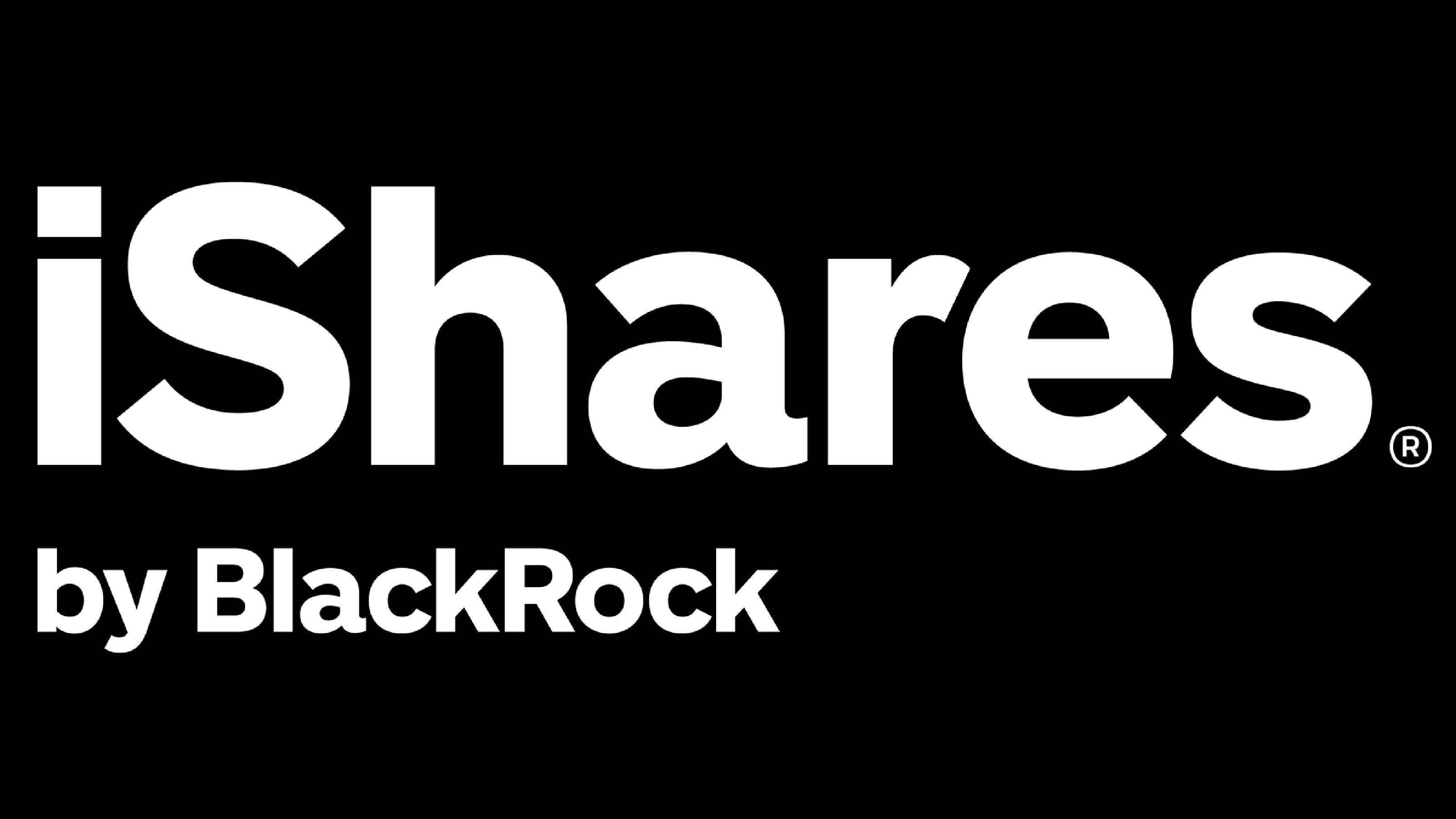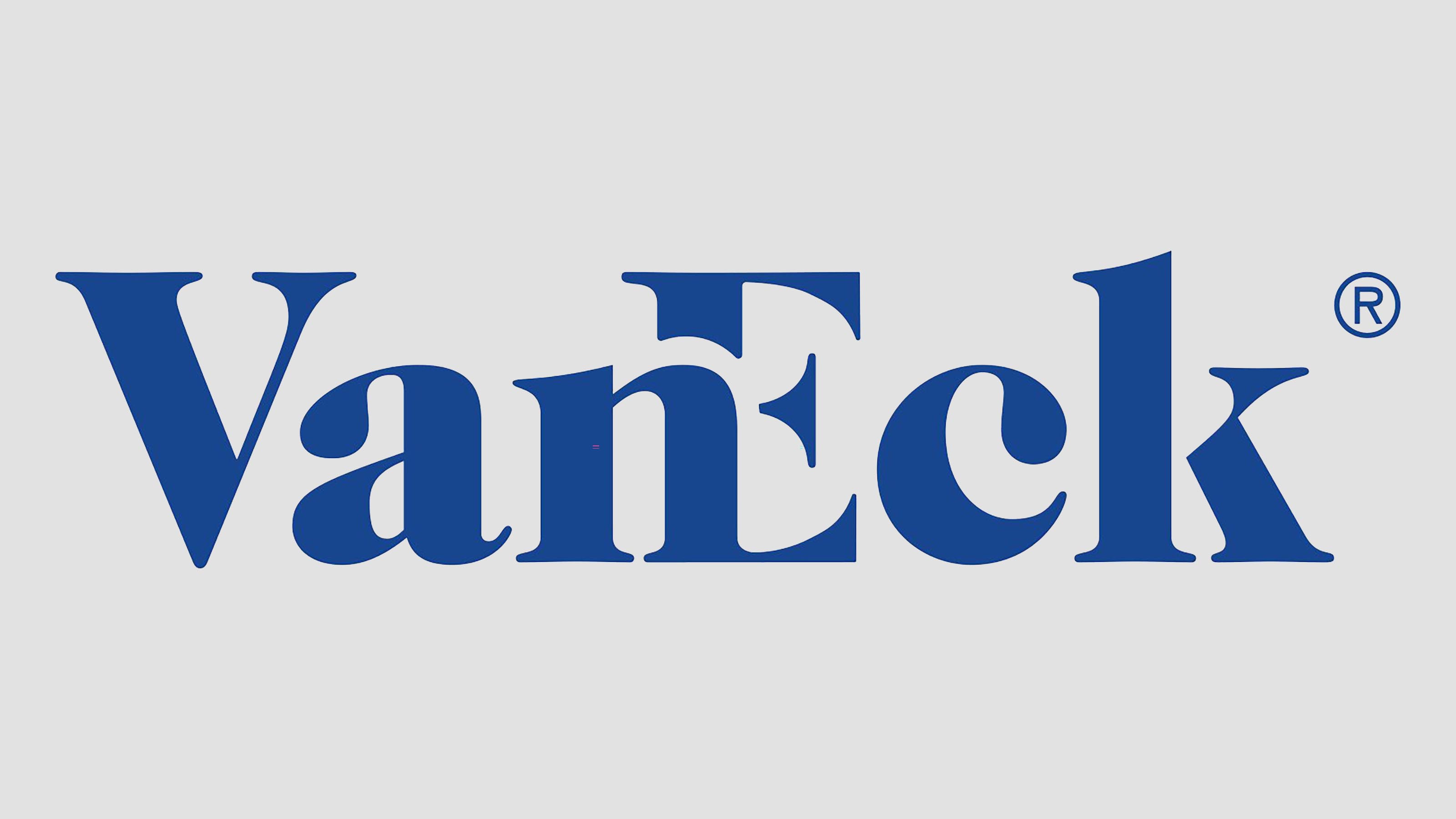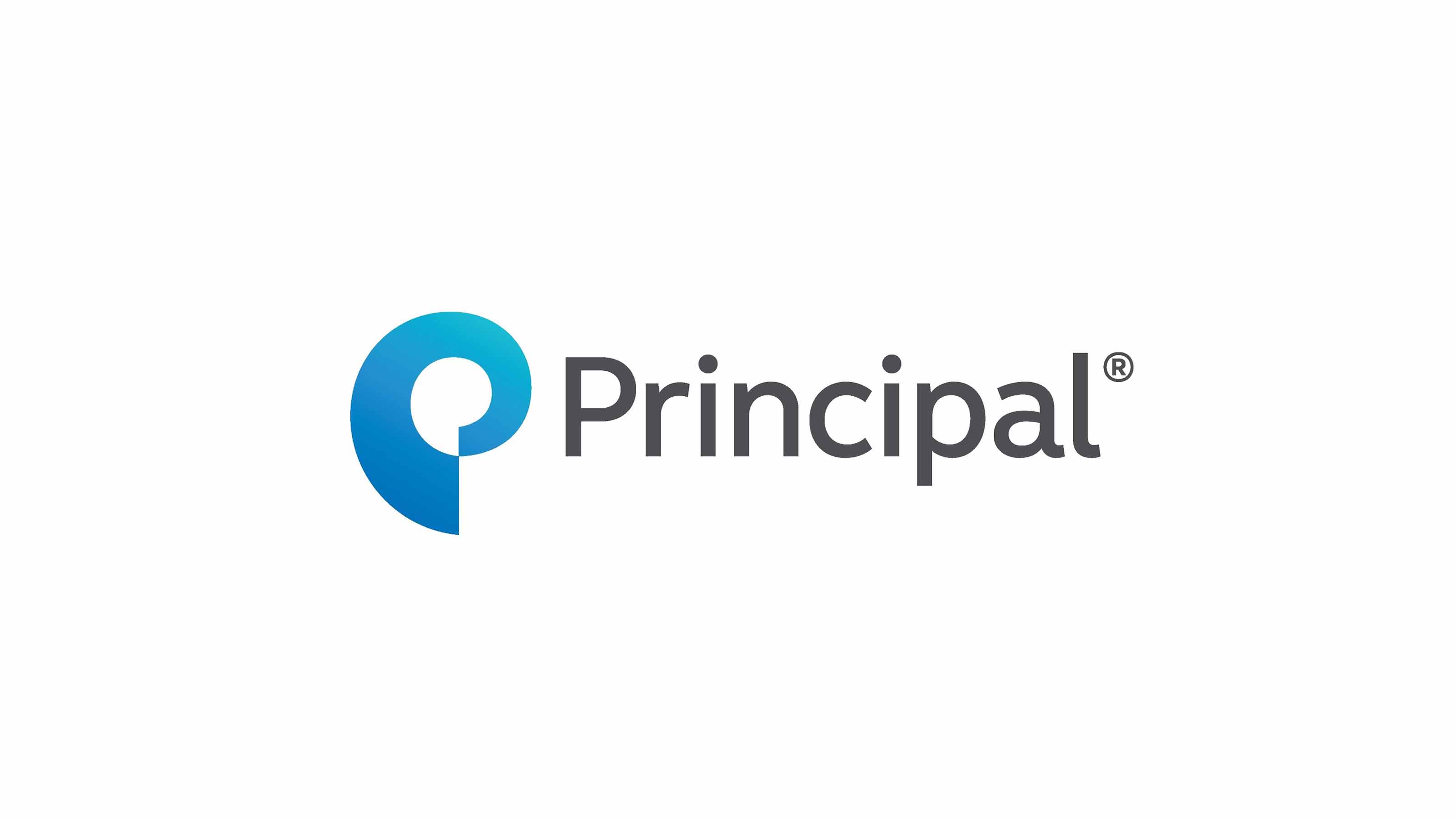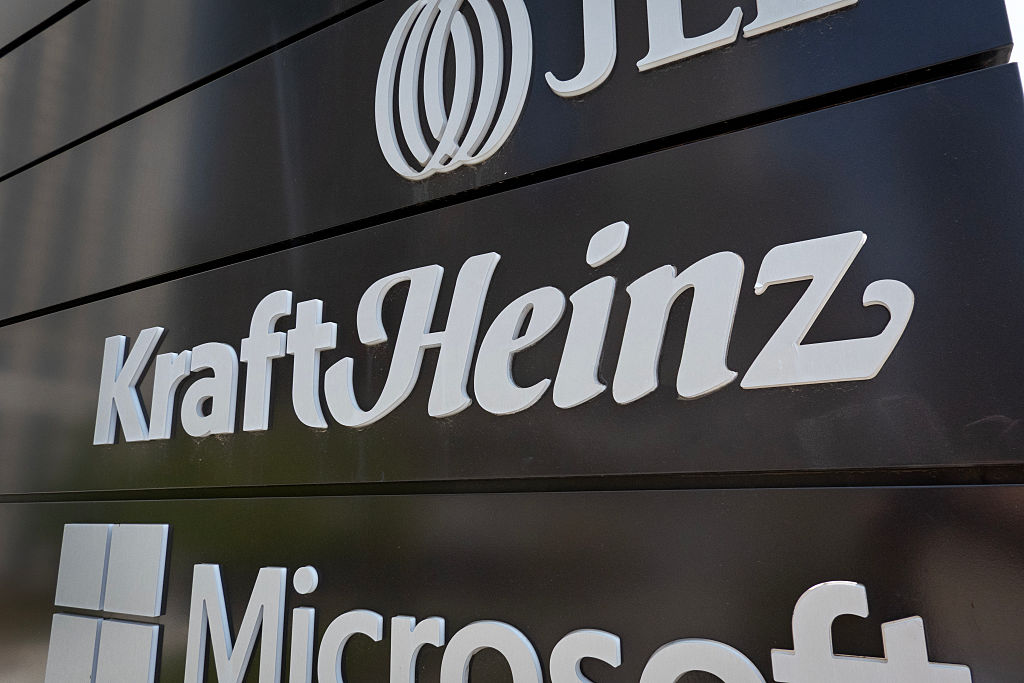5 of the Best Preferred Stock ETFs for High and Stable Dividends
The best preferred stock ETFs allow you to reduce your risk by investing in baskets of preferred stocks.


Preferred stocks typically don't even make the podium when it comes to top choices for investors to include in their portfolios. But if you're an income investor and you don't already have them on your radar, you'll want to give them a look.
And preferred stock ETFs provide efficient access to stable income and insulation against higher volatility in a period defined by tariffs, inflation and uncertainty.
You'll frequently hear preferred stocks referred to as "hybrid" securities. That's because they carry some elements of common stock (what you typically mean when you say "stock") and bonds.
For instance, preferred stocks represent ownership in a company and trade on exchanges – just like common stock. However, they typically don't include any voting rights – just like bonds.
Most people who are interested in preferreds are attracted by their dividends.
Preferred dividends are also like bond coupon payments in that they're typically set at a fixed rate. But they're high – often sky-high, sometimes in the 5% to 7% range!
Another element preferreds share with bonds is that they trade around par value, or their original price. That means they're a great source of fixed income and they tend to move calmly, never really swinging drastically higher or lower in any given year.
We witnessed an exception to that general rule in 2022, when the main preferred benchmark shed more than 18% – its worst year since the depths of the Great Recession.
It bounced back in 2023 and continued to rally through mid-2024 but rolled over after the Federal Reserve cut interest rates by 50 basis points that September.
What gives?
"Since preferred securities have long maturities, or no maturities at all, they tend to have high interest-rate risk, or the risk that prices will fall when yields rise," says Charles Schwab.
In 2022, the Federal Reserve started a rate-hiking campaign that jolted its target federal funds rate from 0% to 0.25% to 5.25% to 5.50% by July 2023, sending high-rate-risk assets including (bonds and preferreds) into the toilet.
After a long period of evaluating incoming economic data for signs of ebbing inflation, the Fed started cutting rates again in September and followed up in October with another 25-basis-point cut. But another cut in December is in question.
That uncertainty is about tariffs and inflation, despite a softening employment situation.
Although you can easily purchase individual preferred stocks in most standard brokerage accounts and IRAs, we recommend exchange-traded funds (ETFs) that invest in baskets of preferreds.
This risk-management strategy prevents any single preferred-stock disaster from undermining your portfolio.
If you're looking for the best ETFs to buy in the preferred stock space, here are five to consider.
Data is as of November 20. SEC yield reflects the interest earned for the most recent 30-day period after deducting fund expenses. SEC yield is a standard measure for preferred stock funds.

iShares Preferred and Income Securities ETF
- Assets under management: $14.0 billion
- SEC yield: 6.4%
- Expenses: 0.45%, or $45 annually on a $10,000 investment
The best preferred stock ETFs don't get any bigger than the iShares Preferred and Income Securities ETF (PFF), one of the oldest such funds on the market.
With assets of about $14 billion, PFF dwarfs its second-largest competitor, the First Trust Preferred Securities & Income ETF (FPE), by more than double. Price helps: PFF is almost 40 basis points cheaper than FPE. (A basis point equals 0.01%.)
PFF is also the prototypical preferred-stock fund, with many (not all, but many) competitors built in a similar fashion. This ETF invests in roughly 450 preferred stocks, almost entirely from U.S.-based companies.
The lion's share of PFF's preferreds (68%) comes from financial-sector firms such as Wells Fargo (WFC) and Citigroup (C). Another 21% comes from industrial stocks, and 10% comes from utilities. The remainder is held in cash and agency bonds.
The iShares Preferred and Income Securities ETF yields a healthy 6.4% right now – much better than Treasuries and corporate bonds as well as the stock market.

Global X SuperIncome Preferred ETF
- Assets under management: $129.0 million
- SEC yield: 6.1%
- Expenses: 0.48%
There's nothing subtle about the Global X SuperIncome Preferred ETF (SPFF) whose primary goal – super income – is right there in the name.
SPFF invests in 50 of the highest-yielding preferred stocks listed in the U.S. and Canada, producing one of the best preferred stock ETFs for yield at an impressive 6.1%.
Of course, by focusing on yield, SPFF can sometimes sacrifice quality. Still, its exposure to investment-grade preferreds (67%) is higher than its exposure to junk-rated bonds (19%). The remainder of its holdings are unrated.
Sector exposure isn't anything novel, though. Financials are tops at 66% of assets, followed by tech stocks at 14% and single-digit exposure in utility stocks, materials stocks, health care, consumer discretionary, industrials and communication services stocks.
SPFF has been an underperformer for most of its life since inception in July 2012. However, it held up better than most preferred stock ETFs in the dregs of 2022, thanks in part to its superior yield – a yield that's paid monthly.

VanEck Vectors Preferred Securities ex Financials ETF
- Assets under management: $1.9 billion
- SEC yield: 6.8%
- Expenses: 0.40%
The VanEck Vectors Preferred Securities ex Financials ETF (PFXF) stands apart from most other preferred stock ETFs. All you need to do is look at its name to see why.
PFXF, which was introduced in 2012, was one of several "ex-financials" ETFs that popped up in the years following the 2007-09 bear market and financial crisis.
While most stocks took a beating then, banks and other financial stocks were at the epicenter of the crisis. Trust was eroded, so much so that ETF providers knew they could attract assets by offering products that ignored the sector altogether.
The VanEck Vectors Preferred Securities ex Financials ETF instead has healthy helpings of electric utilities and independent power producers at 19% of assets.
That's followed by aerospace and defense at 24%, residential and commercial REITs at 19% and telecom stocks at 11%. It has exposure to more than a dozen other industries, including health care and semiconductors as well as office equipment, food and tobacco, and diversified retail.
PFXF's ex-financials nature isn't as important as it used to be. Banks are far better capitalized and regulated now than they were in 2007, so the risk of another near-collapse doesn't seem as dire.
That said, VanEck's ETF and its portfolio of roughly 100 stocks is still one of the best preferred stock ETFs you can buy thanks to a combination of higher-than-average yield and one of the lowest fees in the space.

InfraCap REIT Preferred ETF
- Assets under management: $102.5 million
- SEC yield: 7.1%
- Expenses: 0.45%
Virtus Investment Partners' InfraCap REIT Preferred ETF (PFFR) is, like PFXF, among the few preferred stock ETFs that come with a twist.
Also like PFXF, that twist is evident in the name.
PFFR invests in a group of about 100 preferreds exclusively within the real estate space. Some of those preferreds come from traditional REITs such as office building operator Hudson Pacific Properties (HPP) and open-air shopping center owner Kimco Realty (KIM).
Others come from mortgage REITs (mREITs) such as AGNC Investment (AGNC) that own "paper" – mortgages and mortgage-backed securities – rather than physical real estate.
Why REIT preferreds?
InfraCap says "these securities are also typically exposed to less leverage with generally more predictable revenue streams than those issued by banks and insurance companies."
While that's an attractive proposition, just understand the potential risk involved with putting all your eggs in one sector basket – especially if America enters another real estate crisis like the housing bubble burst of the late aughts.
The recent bear market in real estate is an excellent example, dragging PFFR several percentage points lower than many of its traditionally built preferred-stock brethren.
If there's an upside, it's that the InfraCap REIT Preferred ETF is rewarding new money with one of the best yields among preferred stock funds.

Principal Spectrum Preferred Securities Active ETF
- Assets under management: $1.3 billion
- SEC yield: 4.7%
- Expenses: 0.55%
If you, ahem, prefer to jump aboard the active ETF craze, there's a preferred fund for that: the Principal Spectrum Preferred Securities Active ETF (PREF).
PREF's six-person management team averages more than 30 years of experience. They're tasked with buying $1,000 par preferreds with "attractive yields, diversification benefits and reduced risk compared to other fixed-income securities."
This is one of the most concentrated portfolios you'll find on this list of the best preferred stock ETFs, at around 100 holdings.
More than 75% of assets are dedicated to financials (sound familiar?), with 14% more in utilities, 8% in energy stocks and the rest sprinkled across a handful of other sectors.
PREF does suffer by comparison due to a low yield for the space. But that reflects an extremely high-quality portfolio where a majority of assets are investment-grade.
Most of that (89%) is BBB-rated preferred stocks, but another 9% or so are in A- and AAA-rated preferreds. The remainder are BB, which is the highest level of junk.
No wonder, then, that PREF has delivered extremely competitive performance since its 2017 inception.
Learn more about PREF at the Principal Asset Management provider site.
Related content
Profit and prosper with the best of Kiplinger's advice on investing, taxes, retirement, personal finance and much more. Delivered daily. Enter your email in the box and click Sign Me Up.
Kyle Woodley is the Editor-in-Chief of WealthUp, a site dedicated to improving the personal finances and financial literacy of people of all ages. He also writes the weekly The Weekend Tea newsletter, which covers both news and analysis about spending, saving, investing, the economy and more.
Kyle was previously the Senior Investing Editor for Kiplinger.com, and the Managing Editor for InvestorPlace.com before that. His work has appeared in several outlets, including Yahoo! Finance, MSN Money, Barchart, The Globe & Mail and the Nasdaq. He also has appeared as a guest on Fox Business Network and Money Radio, among other shows and podcasts, and he has been quoted in several outlets, including MarketWatch, Vice and Univision. He is a proud graduate of The Ohio State University, where he earned a BA in journalism.
You can check out his thoughts on the markets (and more) at @KyleWoodley.
-
 I'm want to give my 3 grandkids $5K each for Christmas.
I'm want to give my 3 grandkids $5K each for Christmas.You're comfortably retired and want to give your grandkids a big Christmas check, but their parents are worried they might spend it all. We ask the pros for help.
-
 If You're Not Doing Roth Conversions, You Need to Read This
If You're Not Doing Roth Conversions, You Need to Read ThisRoth conversions and other Roth strategies can be complex, but don't dismiss these tax planning tools outright. They could really work for you and your heirs.
-
 Could Traditional Retirement Expectations Be Killing Us?
Could Traditional Retirement Expectations Be Killing Us?A retirement psychologist makes the case: A fulfilling retirement begins with a blueprint for living, rather than simply the accumulation of a large nest egg.
-
 What Fed Rate Cuts Mean For Fixed-Income Investors
What Fed Rate Cuts Mean For Fixed-Income InvestorsThe Fed's rate-cutting campaign has the fixed-income market set for an encore of Q4 2024.
-
 Dow Adds 516 Points on Broad Optimism: Stock Market Today
Dow Adds 516 Points on Broad Optimism: Stock Market TodayEasing trade war tensions and promise from early earnings reports has investors looking on the bright side to start the week.
-
 Stocks Swing in Volatile Session: Stock Market Today
Stocks Swing in Volatile Session: Stock Market TodayThe main indexes fell sharply in early trading on rising China tensions, but rebounded thanks to encouraging bank earnings.
-
 The Best Bank Stocks to Buy
The Best Bank Stocks to BuyBank stocks are part of the financial services sector and are a way to gain exposure to the broader economy. Here, we look at how you can find the best ones.
-
 The Most Tax-Friendly States for Investing in 2025 (Hint: There Are Two)
The Most Tax-Friendly States for Investing in 2025 (Hint: There Are Two)State Taxes Living in one of these places could lower your 2025 investment taxes — especially if you invest in real estate.
-
 The Final Countdown for Retirees with Investment Income
The Final Countdown for Retirees with Investment IncomeRetirement Tax Don’t assume Social Security withholding is enough. Some retirement income may require a quarterly estimated tax payment by the September 15 deadline.
-
 What CEOs Say About President Trump and Fed Chair Powell
What CEOs Say About President Trump and Fed Chair PowellTop opinion-shapers and decision-makers are expressing mixed views on the evolving conflict between the White House and the central bank.
-
 Are Buffett and Berkshire About to Bail on Kraft Heinz Stock?
Are Buffett and Berkshire About to Bail on Kraft Heinz Stock?Warren Buffett and Berkshire Hathaway own a lot of Kraft Heinz stock, so what happens when they decide to sell KHC?

